If you’ve ever had a Persian cat as a pet, you know just how fascinating and unique these fluffy felines can be. From their luxurious coats to their calm and gentle nature, they capture our hearts effortlessly. But have you ever stopped to consider the role of exercise in the life of a Persian cat? While they may not be known for their athleticism, exercise plays a crucial role in keeping these beautiful creatures healthy both physically and mentally. In this article, we’ll explore the importance of exercise for Persian cats and provide some tips on how to keep them active and entertained. So grab a cozy spot and let’s dive into the world of Persian cats and exercise.
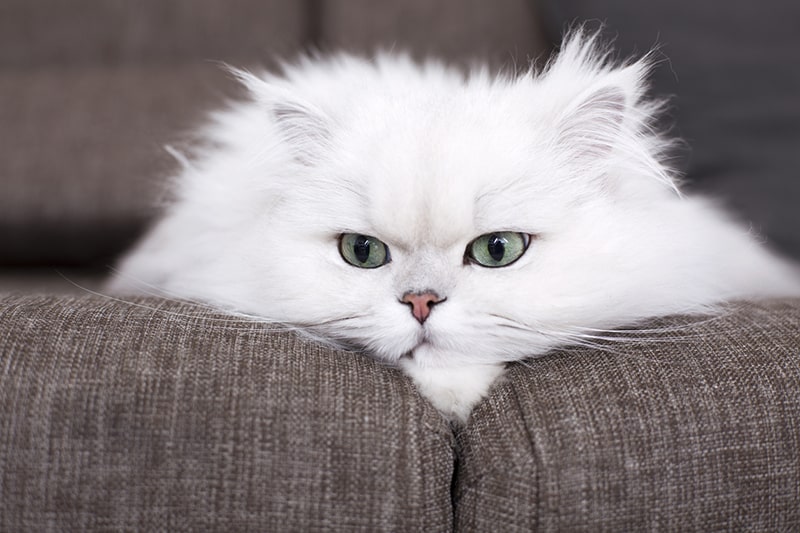
The Importance of Exercise for Persian Cats
Persian cats are known for their stunning beauty and luxurious coats, but maintaining their physical health is just as important. Regular exercise is crucial for keeping Persian cats happy and healthy. Not only does exercise help prevent obesity and weight gain, but it also improves muscle tone, enhances cardiovascular health, and boosts the immune system. Let’s take a closer look at why exercise is so vital for Persian cats.
Improves Physical Health
Exercise plays a significant role in maintaining the overall physical health of Persian cats. Regular physical activity helps to keep their joints flexible and their muscles strong. It also promotes proper digestion and encourages bowel movements, preventing common issues like constipation. By engaging in regular exercise, Persian cats are less likely to experience stiffness, joint problems, or weight-related health concerns.
Prevents Obesity and Weight Gain
One of the essential aspects of exercise for Persian cats is its role in preventing obesity and weight gain. These cats have a tendency to gain weight easily due to their sedentary nature and low metabolism. Lack of exercise can lead to serious health problems, such as diabetes, heart disease, and arthritis. By incorporating regular exercise into their routine, you can help keep your Persian cat at a healthy weight and reduce the risk of these health issues.
Increases Muscle Tone and Strength
Regular exercise helps improve muscle tone and strength in Persian cats. It allows them to develop strong muscles that support their joints and overall body structure. Strong muscles also help prevent injuries and improve mobility. By encouraging your Persian cat to engage in physical activities, you can help them maintain a lean and muscular physique.
Enhances Cardiovascular Health
Just like humans, Persian cats can benefit greatly from cardiovascular exercise. Engaging in activities that get their heart rate up, such as running or playing, helps promote a healthy heart and circulatory system. Cardiovascular exercise strengthens the heart muscle, improves blood circulation, and increases oxygen flow throughout the body. This helps keep your Persian cat’s cardiovascular system in optimal condition, reducing the risk of heart-related issues.
Boosts Immune System
Exercise is not just beneficial for Persian cats” physical health; it also plays a crucial role in strengthening their immune system. Regular physical activity helps stimulate the production of white blood cells, which are essential for fighting off infections and diseases. By keeping your Persian cat active and engaged, you can boost their immune system and improve their overall well-being.
Types of Exercise for Persian Cats
Now that we understand the importance of exercise for Persian cats, let’s explore the different types of activities that can help keep them fit and active. Providing a variety of exercise options ensures that your Persian cat remains engaged, mentally stimulated, and physically active.
Indoor Exercise
Indoor exercise is particularly important for Persian cats since they are not typically outdoor cats. Creating a stimulating indoor environment is key to keeping them active and entertained. Several indoor exercise options can help meet their physical needs without venturing outside.
Interactive Toys
Interactive toys are a fantastic way to engage Persian cats in physical activity. Toys such as treat-dispensing balls or puzzle toys require them to use their paws or nose to access the treats within. This not only provides exercise but also mental stimulation as they figure out how to retrieve the rewards.
Playtime with Owner
Playing with your Persian cat is a wonderful bonding experience that also promotes exercise. Use interactive toys like feather wands or string toys to encourage your cat to jump, chase, and pounce. This type of play mimics their natural hunting instincts and provides both physical and mental stimulation.
Cat Trees and Climbing Structures
Cat trees and climbing structures are excellent investments for Persian cats. These tall structures allow them to climb, jump, and scratch, providing both physical exercise and mental stimulation. Cat trees also create a vertical territory, which is essential for cats to feel secure and confident in their environment.
Outdoor Exercise
While Persian cats may not be as inclined to venture outdoors, supervised outdoor exercise can be beneficial. A secure harness and leash can allow them to explore a controlled outdoor environment, providing stimulation and exposure to different sights, sounds, and smells. Just remember to follow safety precautions and avoid high-traffic areas.
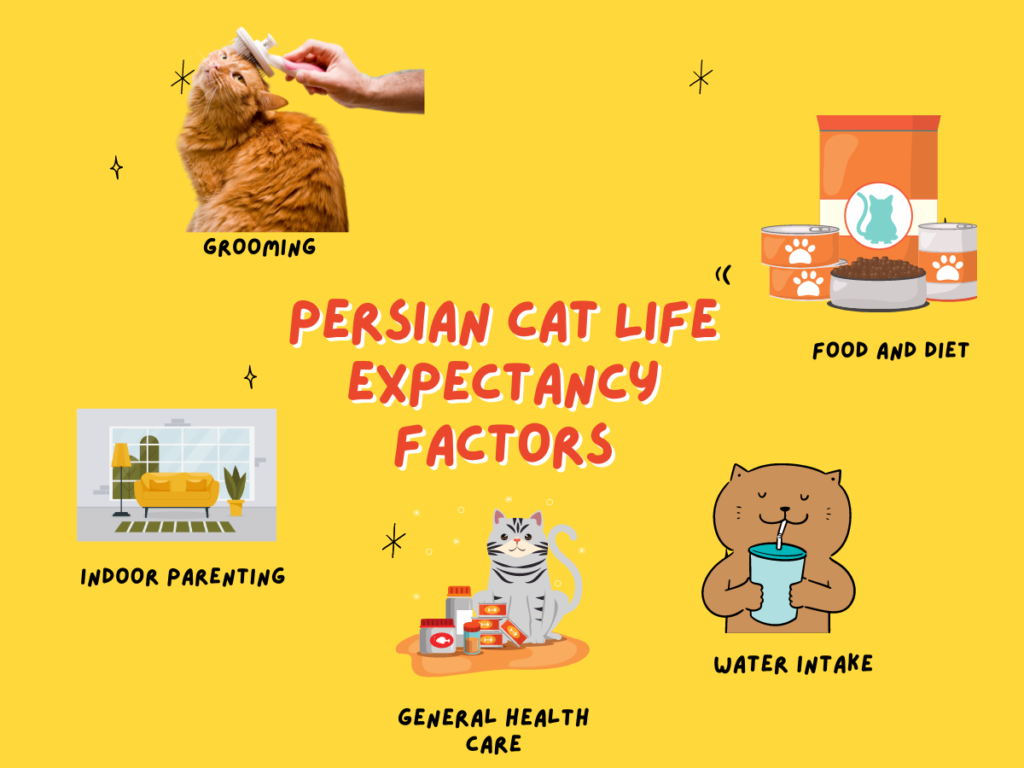
Creating an Exercise Routine for Persian Cats
To ensure your Persian cat gets the exercise they need, it’s important to establish a consistent exercise routine. Consider the following factors when creating an exercise routine that suits your cat’s age, health, and individual needs.
Age and Health Considerations
When determining the appropriate exercise routine for your Persian cat, consider their age and health condition. Kittens require more frequent and shorter bursts of play, while older cats may prefer more gentle and low-impact activities. If your cat has any pre-existing health conditions, consult with your veterinarian to determine suitable exercises.
Setting Realistic Goals
Setting realistic goals is crucial in creating an exercise routine for your Persian cat. Gradually increase the intensity and duration of the activities over time. Be mindful of your cat’s capabilities and don’t push them beyond their limits. Start with shorter sessions and gradually work towards longer exercise periods.
Establishing a Schedule
Establishing a schedule is key to ensuring consistent exercise for your Persian cat. Set aside specific times each day for exercise and make it a routine. Cats thrive on routine, and having a consistent exercise schedule will make it easier for them to anticipate and engage in physical activities.
Mixing Up the Activities
To prevent boredom and maintain your cat’s interest, mix up the types of activities you incorporate into their exercise routine. Include a combination of interactive play, puzzle toys, and climbing activities to provide a variety of physical and mental stimulation.
Monitoring Progress
It’s important to monitor your Persian cat’s progress and adjust their exercise routine as needed. Keep track of the activities, duration, and any changes in their overall health and behavior. If you notice any concerns or changes, consult with your veterinarian for guidance.
Indoor Exercise Options for Persian Cats
If you primarily keep your Persian cat indoors, there are various indoor exercise options to keep them physically active and mentally stimulated.
Introducing Puzzle Toys
Puzzle toys are a fantastic way to engage your Persian cat’s natural hunting instincts. These toys require them to use their problem-solving skills to access treats or toys hidden within. Providing puzzle toys not only encourages physical activity but also exercises their cognitive abilities.
Engaging with Laser Pointers
Laser pointers can provide hours of entertainment for Persian cats. The elusive red dot triggers their prey drive and encourages them to chase and pounce. However, it’s crucial to always end the game with a treat or a toy to prevent frustration.
Using Feather Wands and String Toys
Feather wands and string toys are excellent tools for interactive play with your Persian cat. Mimicking the movement of birds or insects, these toys entice your cat to jump, pounce, and swat. This type of play helps keep them physically active and mentally sharp.
Providing Scratching Posts and Pads
Scratching is a natural behavior for cats and provides an excellent form of exercise. Place scratching posts or pads in different areas of your home to encourage your Persian cat to stretch and scratch. This not only helps keep their muscles toned but also helps maintain healthy claws.
Utilizing Treat Dispensing Toys
Treat dispensing toys are a great way to incorporate exercise into mealtime for your Persian cat. These toys require them to work for their food by batting and rolling the toy to release the treats. This engages their minds and bodies, making mealtime an interactive and stimulating experience.
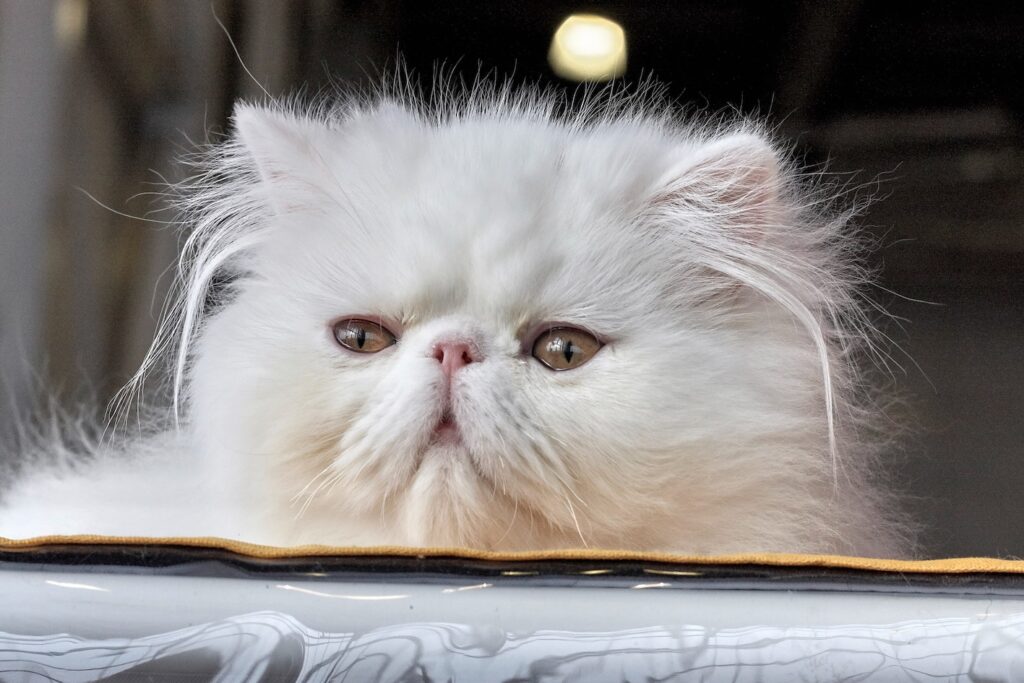
Interactive Playtime with Persian Cats
Engaging in interactive play with your Persian cat offers numerous benefits, both physically and mentally. These activities provide an opportunity for them to bond with you, stay active, and stimulate their senses.
Playing Hide and Seek
Playing hide and seek is an exciting game for Persian cats. Hide behind furniture or doors and let your cat try to find you. You can even hide treats or toys around the house to encourage exploration. This game encourages exercise, mental stimulation, and strengthens the bond between you and your cat.
Chasing and Fetching Games
Persian cats can enjoy chasing and fetching games, just like dogs. Use lightweight toys or balls and toss them for your cat to chase and retrieve. This game keeps them active and engaged, burning off excess energy in a fun and playful manner.
Teaching Tricks and Commands
Just like dogs, Persian cats can be trained to perform tricks and commands. Start with basic commands like sit or shake hands, using positive reinforcement and treats as rewards. Not only does training provide mental stimulation, but it also fosters a stronger bond between you and your cat.
Using Interactive Apps and Games
There are numerous interactive apps and games designed specifically for cats. These apps feature animations or sounds that engage your Persian cat, encouraging them to paw at the screen. Always supervise your cat’s use of the app to ensure they don’t accidentally damage your electronic devices.
Engaging with Catnip Toys
Catnip toys are not only great for mental stimulation but also provide physical activity for Persian cats. The scent of catnip entices them to roll, pounce, and play, providing exercise and entertainment. Just be sure to monitor their reactions to catnip, as not all cats respond the same way.
The Benefits of Cat Trees and Climbing Structures
Cat trees and climbing structures offer several advantages for Persian cats. They not only provide exercise but also contribute to their mental well-being.
Promotes Exercise and Physical Activity
Cat trees and climbing structures are designed to encourage cats to jump, climb, and explore. These activities promote exercise and help keep your Persian cat physically fit. By having multiple levels and platforms, these structures offer a variety of exercise options for your cat.
Provides Mental Stimulation
Climbing structures provide mental stimulation for Persian cats. They mimic the experience of climbing trees in the wild, engaging their natural instincts. The different levels and perches offer opportunities for observation, exploration, and play, which keeps their minds sharp and alert.
Creates Vertical Territory
Cats, including Persian cats, have a natural desire for vertical territory. Cat trees and climbing structures create vertical spaces for them to climb and perch, giving them a sense of ownership and security in their environment. Vertical territory also reduces stress and provides a safe space for them to retreat to when needed.
Reduces Stress and Anxiety
Persian cats can be prone to stress and anxiety, especially in busy or unpredictable households. Having access to a tall cat tree or climbing structure provides them with a tranquil space to observe their surroundings and escape from any potential stressors. This can help reduce anxiety and promote a sense of calm.
Promotes Healthy Scratching
Cat trees and climbing structures often come equipped with scratching posts or pads. This provides Persian cats with a designated surface for scratching, keeping their claws healthy and preventing damage to your furniture. Regular scratching also helps exercise their muscles and stretch their bodies.
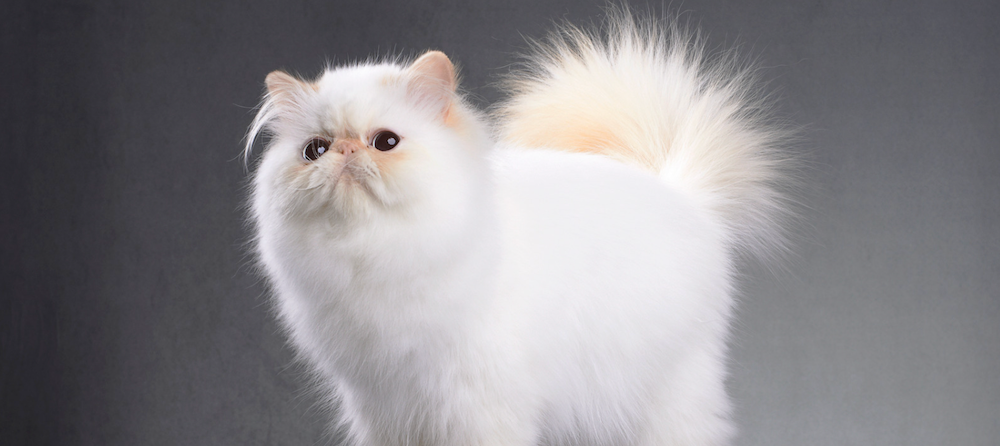
Safety Precautions for Outdoor Exercise
While indoor exercise is typically sufficient for Persian cats, some may enjoy supervised outdoor activities. It’s important to follow safety precautions to ensure their well-being.
Supervising Outdoor Activities
When allowing your Persian cat to explore the outdoors, always supervise them to prevent accidents or encounters with other animals. Keep a close eye on their behavior, ensuring they remain within safe boundaries.
Using a Secure Harness and Leash
If you decide to walk your Persian cat on a leash, invest in a secure harness designed for cats. Avoid using collars, as they can increase the risk of injury or escape. Ensure the leash is the appropriate length to allow your cat to explore comfortably without feeling restrained.
Avoiding High-Traffic Areas
Choose outdoor areas that are safe and low in traffic to avoid potential accidents. Busy roads or areas with a lot of noise and commotion can be stressful for Persian cats. Opt for quieter, secluded spots where they can enjoy the outdoors without feeling overwhelmed.
Checking for Hazards and Toxic Plants
Before allowing your Persian cat outside, inspect the area for any potential hazards. Remove any sharp objects, toxic plants, or chemicals that may pose a risk to your cat’s safety and health. Create a safe and cat-friendly outdoor environment.
Protecting against Parasites and Mosquitoes
When outdoors, Persian cats are exposed to various parasites and mosquitoes that can transmit diseases. Talk to your veterinarian about appropriate preventative measures, such as tick and flea control, to protect your cat from these potential dangers.
Common Mistakes to Avoid in Persian Cat Exercise
While exercise is crucial for Persian cats, it’s important to avoid common mistakes that can hinder their progress or put their health at risk.
Overexertion and Fatigue
It’s essential to gauge your Persian cat’s energy levels and capabilities. Avoid pushing them beyond their limits, as this can lead to overexertion and fatigue. Pay attention to their cues and provide sufficient rest periods during and after exercise.
Neglecting Exercise for Mental Stimulation
Exercise should not solely focus on physical activity; it should also provide mental stimulation. Persian cats require mental exercise to keep their minds sharp. Engage them in activities that challenge their problem-solving skills and provide mental enrichment.
Not Adapting to Age and Health Changes
As Persian cats age, their exercise needs may change. Be mindful of any age-related or health-related changes and adapt their exercise routine accordingly. Regular veterinary check-ups will help identify any health concerns that may require modifications to their exercise routine.
Inconsistent Exercise Routine
Consistency is key when it comes to exercise for Persian cats. Avoid sporadic or irregular exercise routines, as this can lead to decreased motivation and physical fitness. Stick to a schedule and make exercise a regular and essential part of their daily routine.
Using Unsafe or Poor Quality Toys
When providing toys for your Persian cat’s exercise and playtime, ensure they are safe and of good quality. Avoid toys with small parts that can be swallowed or sharp edges that can cause injury. Regularly inspect toys for any signs of wear or damage, and replace them as needed.
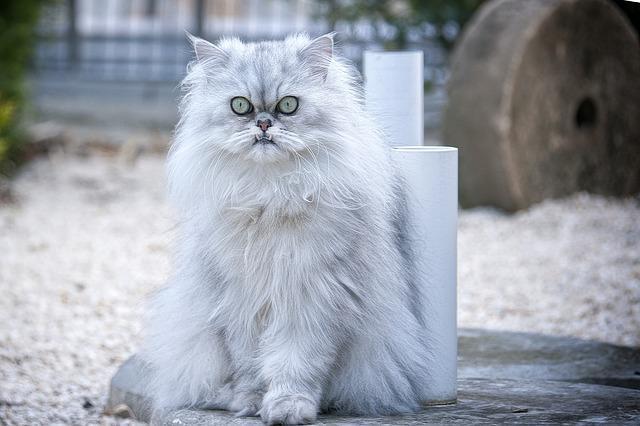
Monitoring the Health and Progress of Persian Cats
To ensure your Persian cat’s exercise routine is benefiting them, it’s important to monitor their health and progress consistently. Regular veterinary check-ups and proactive observation are key to identifying any potential issues.
Regular Veterinary Check-ups
Regular veterinary check-ups are essential for evaluating your Persian cat’s overall health and monitoring their progress. Your veterinarian can assess their weight, muscle tone, and any changes in behavior or appetite. They can also provide guidance on any modifications needed in the exercise routine.
Weight Monitoring and Evaluation
Regularly monitoring your Persian cat’s weight is crucial in ensuring they stay within a healthy range. Weight gain or loss can indicate potential health issues. Consult your veterinarian for guidance on maintaining an appropriate weight for your cat’s breed and size.
Observing Changes in Behavior and Energy Levels
Pay attention to any changes in your Persian cat’s behavior and energy levels. An increase in lethargy, loss of appetite, or behavioral changes may indicate a health concern. Regular observation allows you to detect any issues promptly and seek veterinary care if needed.
Recording Exercise Activities and Duration
Keep a record of your Persian cat’s exercise activities and duration. This will help you track their progress and identify any patterns or concerns. Make note of any changes in their behavior or physical abilities during exercise to assess their overall well-being.
Adjusting the Routine as Needed
Flexibility is key when it comes to the exercise routine of Persian cats. As they age or if their health changes, adjustments may be necessary. Consult with your veterinarian to determine the appropriate modifications needed and implement them accordingly.
Incorporating Other Physical Activities for Persian Cats
While routine exercise is crucial, incorporating additional physical activities can provide extra stimulation and novelty for Persian cats.
Introducing Agility Training
Agility training is a fun and challenging activity for Persian cats. Set up an agility course with tunnels, ramps, and hurdles. Guide your cat through the course using positive reinforcement and treats as rewards. Agility training helps improve coordination, balance, and overall fitness.
Participating in Cat Shows and Competitions
If you’re looking for a more structured physical activity, consider participating in cat shows or competitions with your Persian cat. These events often include agility courses, obstacle courses, and judged performances. Not only do they provide physical exercise, but they also offer opportunities for socialization with other cats and their owners.
Exploring the Outdoors on a Harness
For Persian cats who enjoy supervised outdoor activities, exploring the outdoors on a harness and leash can add variety to their exercise routine. Take them on walks around safe and quiet outdoor areas, allowing them to experience new sights and smells while getting exercise.
Swimming and Water Play
While not all cats enjoy water, some Persian cats may find swimming or water play engaging and beneficial. Introduce them to shallow water gradually, using a shallow pool or a designated cat-safe area. Always supervise them during water play and ensure they have a safe exit.
Providing Access to Cat Grass and Fresh Air
Cat grass provides a safe and natural way for Persian cats to get exercise and fresh air indoors. Place pots of cat grass in accessible areas and encourage your cat to nibble on the grass. This not only provides exercise through chewing and biting but also offers mental stimulation.
Frequently Asked Questions about Exercise for Persian Cats
To address some common concerns and queries about exercise for Persian cats, here are answers to frequently asked questions.
How much exercise does a Persian cat need?
The exercise needs of Persian cats can vary depending on their age, health condition, and individual preferences. Generally, they should engage in 10-15 minutes of active playtime two to three times a day. Kittens may require shorter bursts of play more frequently, while older cats may prefer longer sessions.
Can Persian cats be trained to walk on a leash?
Yes, with patience and positive reinforcement, Persian cats can be trained to walk on a leash. Start by introducing them to a harness gradually and allow them to get accustomed to wearing it indoors. Once comfortable, attach a leash and practice walking indoors before venturing outdoors. Always supervise them during outdoor walks.
What are some signs that a Persian cat needs more exercise?
Signs that a Persian cat may need more exercise include weight gain or obesity, decreased muscle tone, increased lethargy, and behavioral changes. If your cat appears restless, exhibits excess energy, or engages in destructive behavior, it may be a sign that they need more physical and mental stimulation.
Are there any exercises that Persian cats should avoid?
Due to their brachycephalic (short-nosed) facial structure, Persian cats are more prone to respiratory issues. Be cautious with activities that require intense exertion and avoid exercises that may strain their breathing, such as excessive running or prolonged vigorous play. Monitor their breathing and consult with your veterinarian if you have concerns.
How can I make indoor exercise more exciting for my Persian cat?
To make indoor exercise more exciting for your Persian cat, keep rotating and introducing new toys and interactive games. Use treats or rewards to motivate them during playtime. Creating an enriching environment with scratching posts, climbing structures, and hiding spots also adds excitement and stimulation to their exercise routine.
Remember, exercise is an essential component of maintaining the health and well-being of your Persian cat. By providing a variety of exercise options, establishing a consistent routine, and monitoring their progress, you can ensure that your Persian cat remains active, physically fit, and mentally stimulated.
